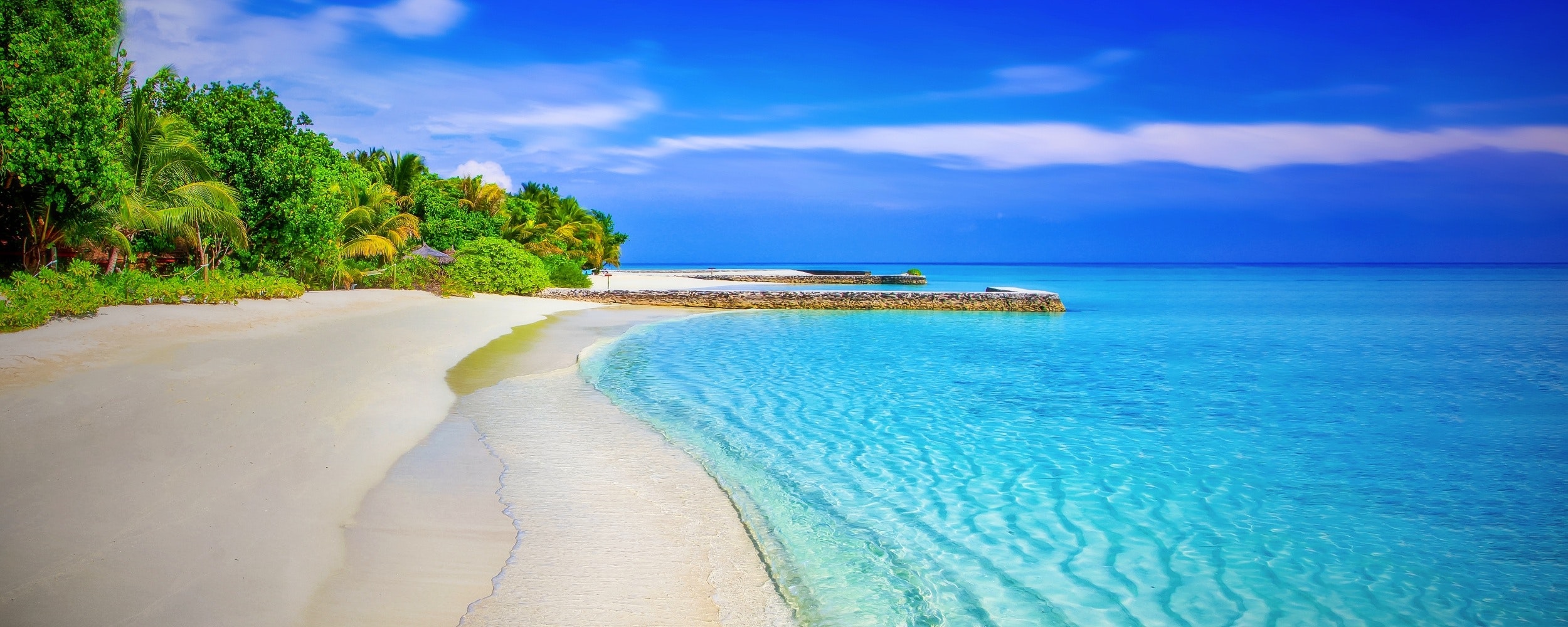Japan has a national holiday called “Marine Day”. It was July 16 this year. The purposes of the holiday is to give thanks to ocean’s bounty and to consider the importance of the ocean to Japan as an island nation. It’s good time to think about the destruction of the environment of the ocean.
Ocean pollution arising from plastic garbage has been getting worse. Reportedly, more than 8 million tons of plastics enter the ocean every year. It destroys the ocean ecosystem and also possibly causes human health damage through seafood.
Japan is the second largest in the per capita amount of garbage arisen from plastic packaging after the United States. Nevertheless, Japan didn’t sign the G7 Ocean Plastics Charter in the recent G7 summit in Ottawa on the grounds that it needs more time to gain consensus from industry(*1). It is indeed regrettable.
While the U.S. also didn’t sign the Chapter, Seattle, chief city of the state of Washington, U.S., has enforced an ordinance banning offering plastic straws, forks and knives in restaurants and grocery stores, starting July 2018. In response, on July 9, Starbucks headquartered in Seattle announced that it will eliminate single-use plastic straws. This news was widely reported in Japan as well.
In Europe, France enacted a law banning single-use plastic cups and dishes in 2016, which was first case in the world. Also, Nestle, a Swiss transnational food and drink company announced in April 2018 that it will make 100% of its packaging recyclable or re-usable by 2025. Then, in May 2018, the European Commission proposed new EU-wide rules to ban single-use plastic products from the market.
- France becomes the first country to ban plastic plates and cutlery
- Nestlé aiming at 100% recyclable or reusable packaging by 2025
- Single-use plastics: New EU rules to reduce marine litter
This situation might cause heavy damage to plastic products manufacturers. However, the change of rules often create innovations. They may change the material of the products to something which can be naturally decomposed, or create a new design of cup or lid which does not require a straw.
In fact, recently, edible straw made from seaweed-based material and paper straw have been drawing attention. Loliware which created the edible straw owns a design patent for an edible cup (USD782150) and also has a pending patent application for an edible container made of liquid, sugar, and one or more hydrocolloids (US20140356490A1). In Japan, there is a company that makes edible rush chopsticks as well as trays made from flour and cornstarch. The current situation might be a big chance for such companies.
- Meet the startup creating edible straws to help save our oceans
- Paper Straws Are So Hot Right Now, There’s Been a Run on Supplies
We may see a frantic race to develop environment-friendly products from here on, including patent disputes. I don’t know what solution will become widely used or who wins the race. Anyway, considering the magnitude of the issue, I hope the global cooperative structure will be established without any ego getting in the way.
UPDATE
(*1) The Japanese government has reportedly started discussing reduction of plastic litter in the council on August 17 2018, and will set numerical targets for the following points within this year:
- Reduction of single-use plastics
- Collection and recycling of used plastics
- Replace with biomass plastics
- Prevention of spill of plastic litter to the ocean
- International cooperation to developing countries
- Evaluation of Ocean Plastics Charter
- Promotion of related industries

